S Ritika
Face recognition for monitoring operator shift in railways
May 21, 2018
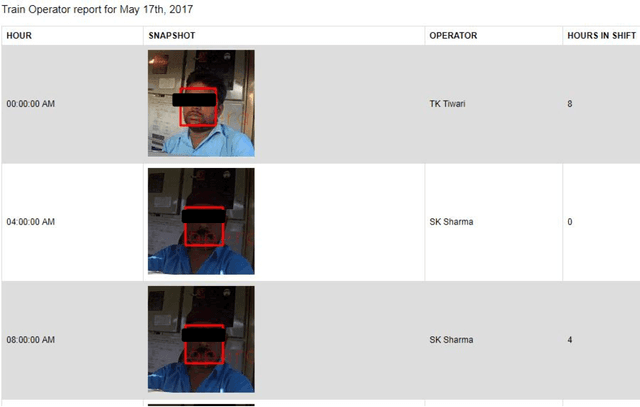
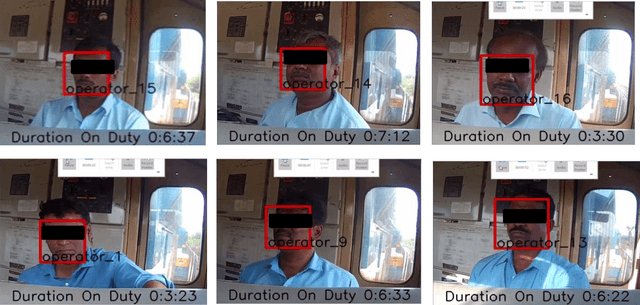
Abstract:Train Pilot is a very tedious and stressful job. Pilots must be vigilant at all times and its easy for them to lose track of time of shift. In countries like USA the pilots are mandated by law to adhere to 8 hour shifts. If they exceed 8 hours of shift the railroads may be penalized for over-tiring their drivers. The problem happens when the 8 hour shift may end in middle of a journey. In such case, the new drivers must be moved to the location locomotive is operating for shift change. Hence accurate monitoring of drivers during their shift and making sure the shifts are scheduled correctly is very important for railroads. Here we propose an automated camera system that uses camera mounted inside Locomotive cabs to continuously record video feeds. These feeds are analyzed in real time to detect the face of driver and recognize the driver using state of the art deep Learning techniques. The outcome is an increased safety of train pilots. Cameras continuously capture video from inside the cab which is stored on an on board data acquisition device. Using advanced computer vision and deep learning techniques the videos are analyzed at regular intervals to detect presence of the pilot and identify the pilot. Using a time based analysis, it is identified for how long that shift has been active. If this time exceeds allocated shift time an alert is sent to the dispatch to adjust shift hours.
Data Augmentation of Railway Images for Track Inspection
Feb 05, 2018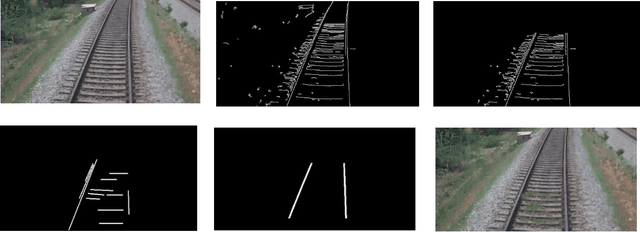

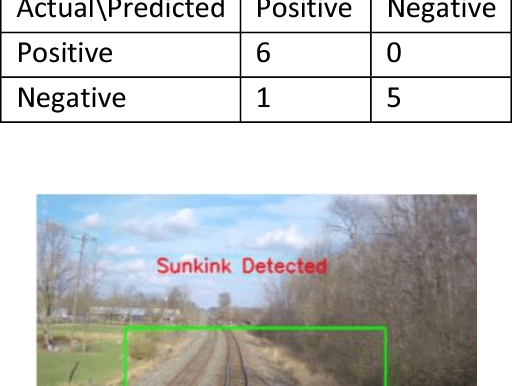
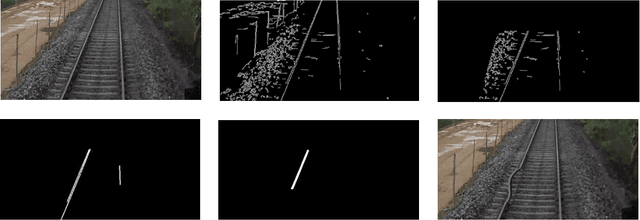
Abstract:Regular maintenance of all the assets is pivotal for proper functioning of railway. Manual maintenance can be very cumbersome and leave room for errors. Track anomalies like vegetation overgrowth, sun kinks affect the track construct and result in unequal load transfer, imbalanced lateral forces on tracks which causes further deterioration of tracks and can ultimately result in derailment of locomotive. Hence there is a need to continuously monitor rail track health. Track anomalies are rare with the skew as high as one anomaly in millions of good images. We propose a method to build training data that will make our algorithms more robust and help us detect real world track issues. The data augmentation will have a direct effect in making us detect better anomalies and hence improve time for railroads that is spent in manual inspection. This paper talks about a real world use case of detecting railway track defects from a camera mounted on a moving locomotive and tracking their locations. The camera is engineered to withstand the environment factors on a moving train and provide a consistent steady image at around 30 frames per second. An image simulation pipeline of track detection, region of interest selection, augmenting image for anomalies is implemented. Training images are simulated for sun kink and vegetation overgrowth. Inception V3 model pretrained on Imagenet dataset is finetuned for a 2 class classification. For the case of vegetation overgrowth, the model generalizes well on actual vegetation images, though it was trained and validated solely on simulated images which might have different distribution than the actual vegetation. Sun kink classifier can classify professionally simulated sun kink videos with a precision of 97.5%.
Railway Track Specific Traffic Signal Selection Using Deep Learning
Dec 17, 2017
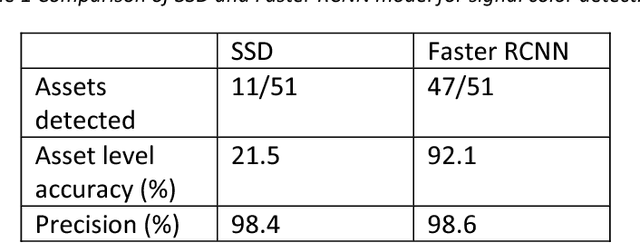
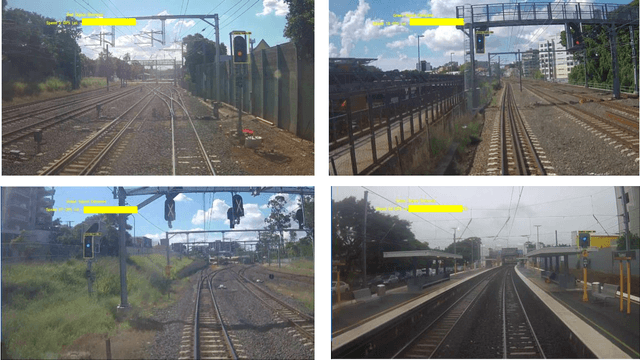

Abstract:With the railway transportation Industry moving actively towards automation, accurate location and inventory of wayside track assets like traffic signals, crossings, switches, mileposts, etc. is of extreme importance. With the new Positive Train Control (PTC) regulation coming into effect, many railway safety rules will be tied directly to location of assets like mileposts and signals. Newer speed regulations will be enforced based on location of the Train with respect to a wayside asset. Hence it is essential for the railroads to have an accurate database of the types and locations of these assets. This paper talks about a real-world use-case of detecting railway signals from a camera mounted on a moving locomotive and tracking their locations. The camera is engineered to withstand the environment factors on a moving train and provide a consistent steady image at around 30 frames per second. Using advanced image analysis and deep learning techniques, signals are detected in these camera images and a database of their locations is created. Railway signals differ a lot from road signals in terms of shapes and rules for placement with respect to track. Due to space constraint and traffic densities in urban areas signals are not placed on the same side of the track and multiple lines can run in parallel. Hence there is need to associate signal detected with the track on which the train runs. We present a method to associate the signals to the specific track they belong to using a video feed from the front facing camera mounted on the lead locomotive. A pipeline of track detection, region of interest selection, signal detection has been implemented which gives an overall accuracy of 94.7% on a route covering 150km with 247 signals.
 Add to Chrome
Add to Chrome Add to Firefox
Add to Firefox Add to Edge
Add to Edge